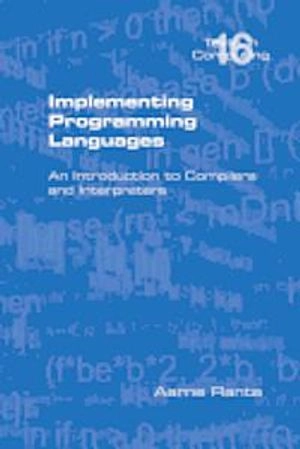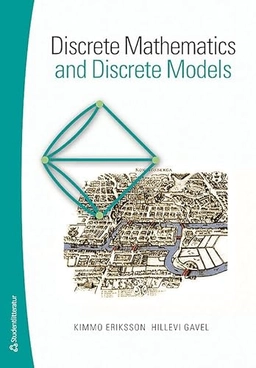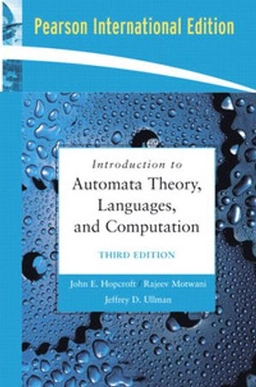

Implementing programming languages : an introduction to compilers and interpreters
- Utgiven: 2012
- ISBN: 9781848900646
- Sidor: 224 st
- Förlag: College Publications
- Format: Häftad
- Språk: Engelska
Om boken
Åtkomstkoder och digitalt tilläggsmaterial garanteras inte med begagnade böcker
Mer om Implementing programming languages : an introduction to compilers and interpreters (2012)
2012 släpptes boken Implementing programming languages : an introduction to compilers and interpreters skriven av Aarne. Ranta. Den är skriven på engelska och består av 224 sidor. Förlaget bakom boken är College Publications.
Köp boken Implementing programming languages : an introduction to compilers and interpreters på Studentapan och spara uppåt 32% jämfört med lägsta nypris hos bokhandeln.
Referera till Implementing programming languages : an introduction to compilers and interpreters
Harvard
Oxford
APA
Vancouver



















